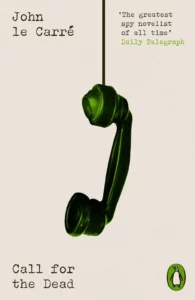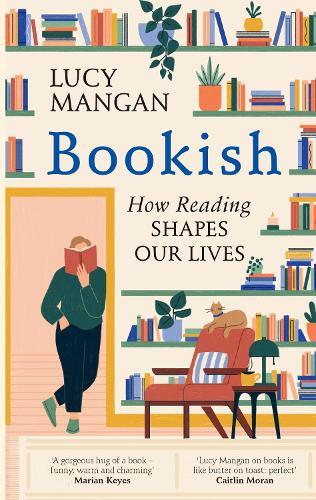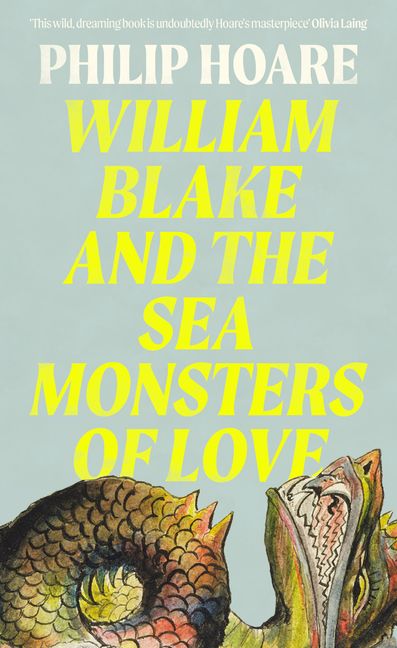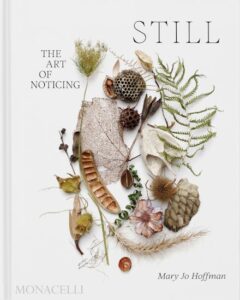 STILL had taught me that it was possible to make something every day, and if every day was not necessarily artful, nevertheless art of some kind would eventually arise out of that dailiness.
STILL had taught me that it was possible to make something every day, and if every day was not necessarily artful, nevertheless art of some kind would eventually arise out of that dailiness.
Mary-Jo Hoffman was an aerospace engineer. After she left her work to raise her young children near St Paul, Minnesota, she became an artist too; she began a daily practice of photographing a natural object on a white background (she tried black, briefly, but it didn’t work for her). She usually found her subjects on her daily walks in the woods near her home. A leaf, a stone, a feather, a twig. As time went on, and her walks produced the same material, year upon year, season after season, she began to elaborate, making patterns and designs. She put light pebbles on top of dark stones, arranged twigs and sprigs into shapes, seeds into repeating patterns. They are amazing! She called her project STILL, and uploaded her photographs to a blog. Eventually Hoffman published this book, STILL: The Art of Noticing, which contains only a fraction of her 4,000+ images.
The first found object images are, indeed, ‘still’ in the simplicity and it-ness of each thing. The thing with placing something – be it a dead bird or a handful of acorn caps – ‘naturally’ (oh, using that word I am wading into contested waters!) on a neutral background is that it seems kind of scientific, detached, spot-lit. It says, here I am, unadorned. It’s artful, in the way a botanical illustration is artful. It seems to be about the plant, but it’s about the observer, too.
The further she strayed from that initial simplicity, the less satisfying I found the images. I don’t mean I didn’t enjoy looking at them; I did. They were ingenious and clever, sometimes funny, always lovely. It’s just personal taste. Another person might have the opposite reaction.
One more thing about this beautiful, beautiful book. I hate being such a downer, such a doom-laded misery-guts, but – though I look at these works of observation and art, and genuinely feel the uplift, joy and loveliness of the natural world, that world right now is changing. Into a different world, with less diversity, with fewer plants and animals and birds and insects (I guess the stones and rocks and pebbles will endure). The artist is of course under no obligation to make any explicit point about this. She doesn’t have to ‘address’ climate change.
Or…new thought! Perhaps she is, because here I am, thinking about this.
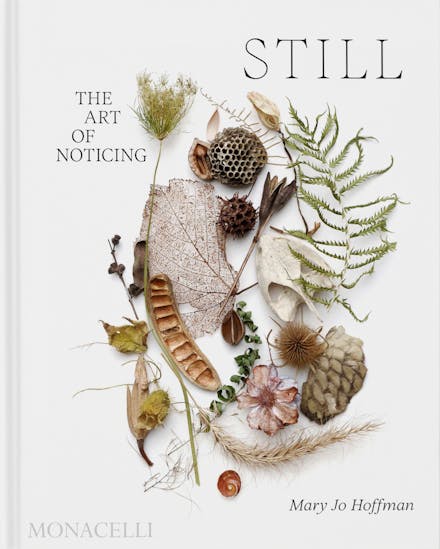
(Writer and designer Kenya Hara)… described the intricate awareness people had of nature’s subtle changes during the aristocratic Heian period, the golden age of Japanese culture from 794 to 1185 CE.
Japan had adopted, then modified, the Chinese calendar, which divided the year not into four seasons but into twenty-four, which were further subdivided inot seventy-two characteristic annual patterns, or microseasons. “A Japanese person was considered cultivated,” explained Hara, “when he or she gained a deep awareness of the beauty…found in these seasonal changes, which were divided into five-day cycles.”
Reading this was like finding out I had a secret sibling living some parallel life and another country. It redefined everything. I wanted to fly somewhere and be reunited with this beloved, long-lost, completely familiar idea.
There are several essays in STILL, where Hoffman explains her process. There’s also a fascinating discussion of the concept of seasons tied to particular ecosystems, habitats and human home-places – as in Native American seasons, and the astonishing 72 Japanese seasons, some of which last only a few days. Sadly, her house and studio burned down last year, and so her project is on hold for now.
Imitation is the sincerest form of flattery…so this is my attempt at STILL.
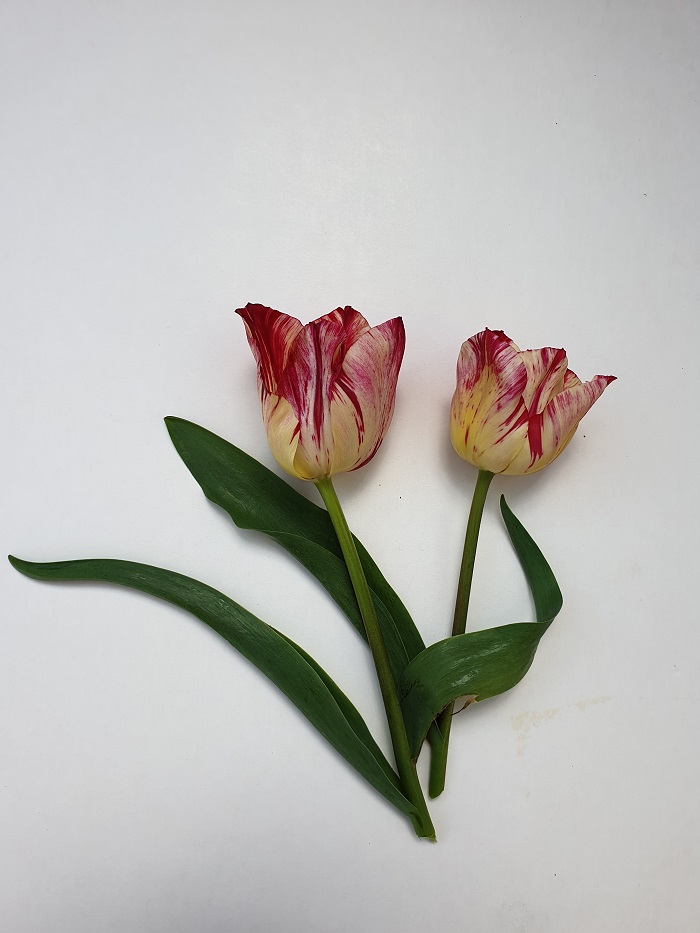
I’ve always been a noticer. I look down when I walk and often return with some little memento in my pocket. As part of my current decluttering project, I’ve put a few shoeboxes of shells, pebbles, stones, feathers, seed pods, animal skulls and bones and a even a clutch of dried-up dead skinks out into the garden. Natural objects, all. I do notice other things on my walks, too. Cigarette butts from the high-school smokers who take the shortcut through the wildflower reserve. Bottle caps, ring-pulls, chip wrappers, Chupa-Chup sticks, drink cans, bottles, tissues, full dog-poo bags (yuk)… Most of us call this stuff litter, rubbish, and think it’s ugly. Usually I do too.
However there was one time when, severely insomniac, I was in a calm, exhausted but half-mad state. I had needed to go to Melbourne, and found myself, waiting for the train home, standing on the platform at Footscray looking down at the rails. Don’t worry! No thoughts of jumping. I was simply entranced by the shapes and colours and textures on the track. Rainbow shards of glass and plastic and paper, shiny metal, glittering foil… So beautiful! Dazzling! Amazing! I couldn’t have been more enraptured even if I was stoned, and I remained in a trance until my train arrived and broke the spell. Stand behind the yellow line!
Melatonin turned out to be the answer.

